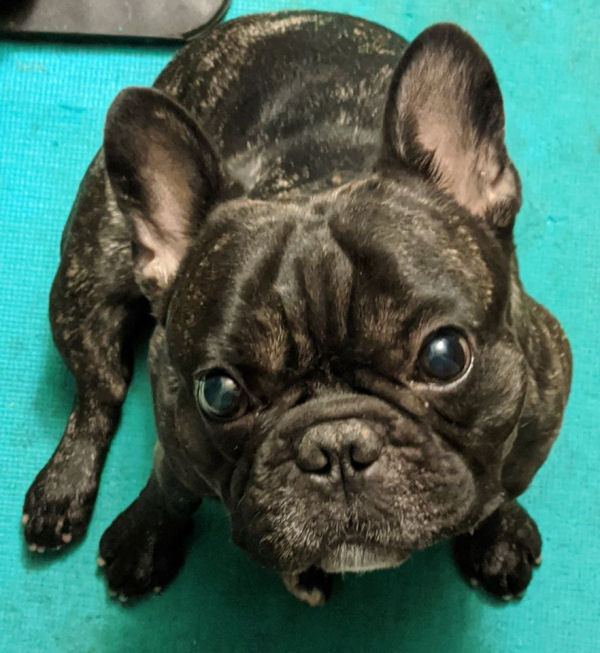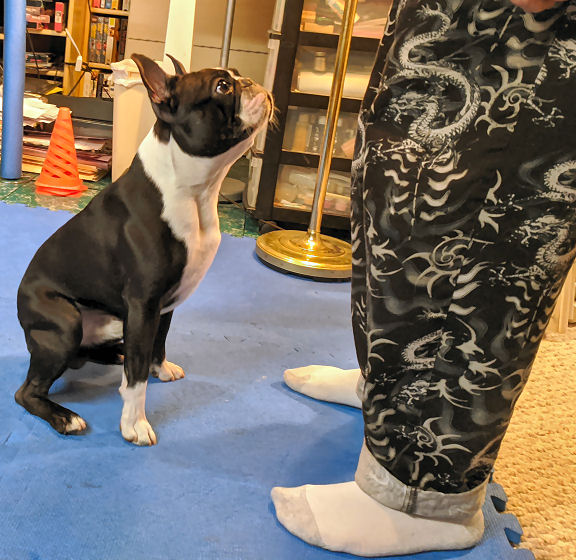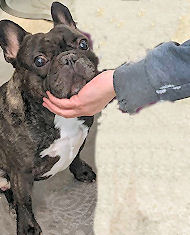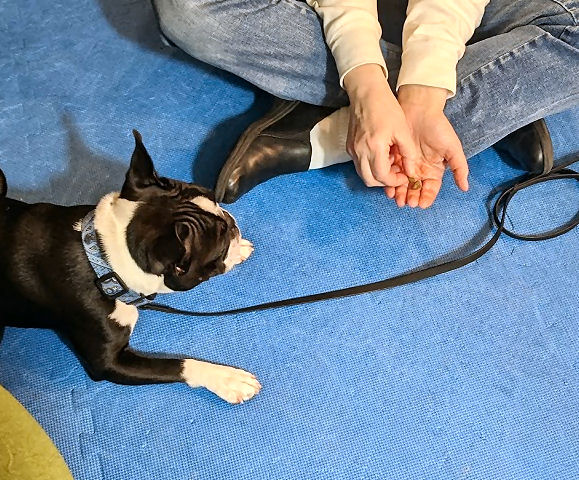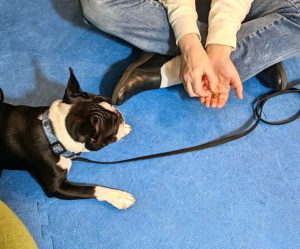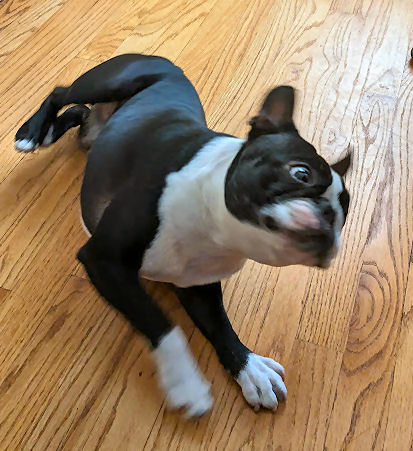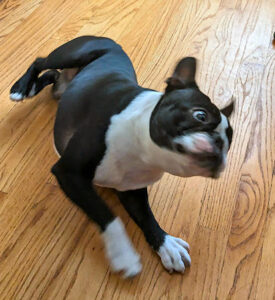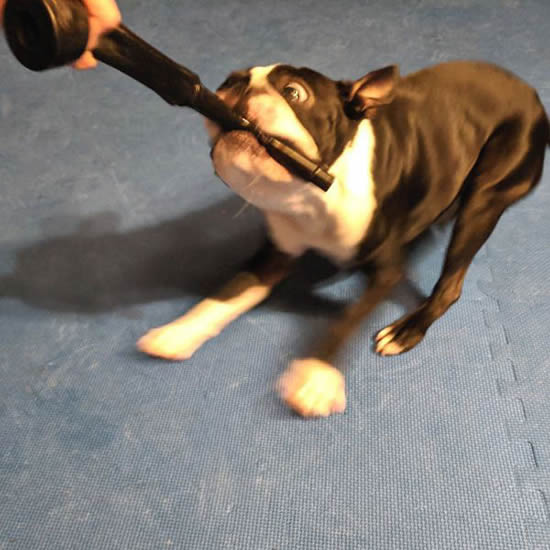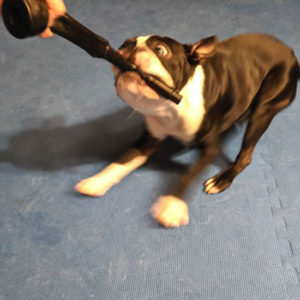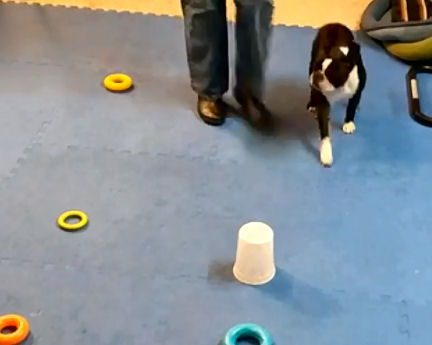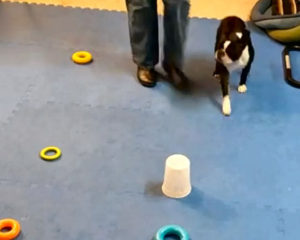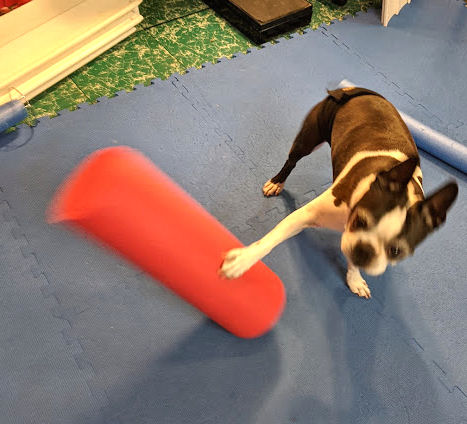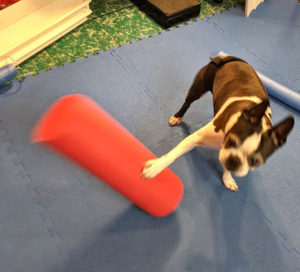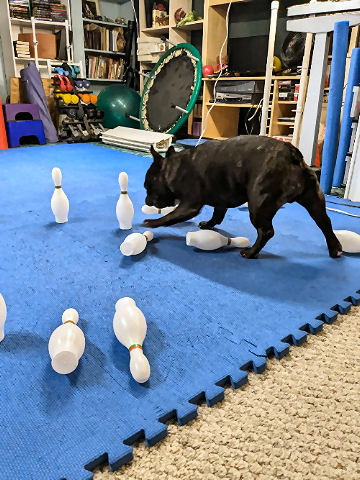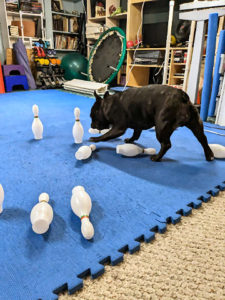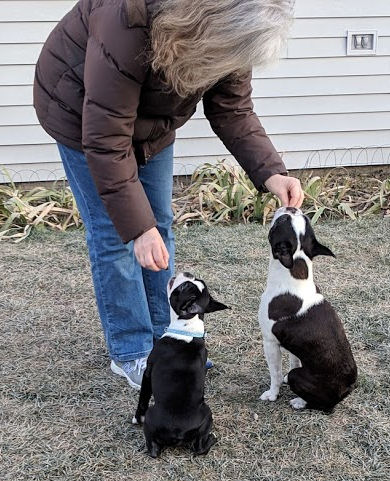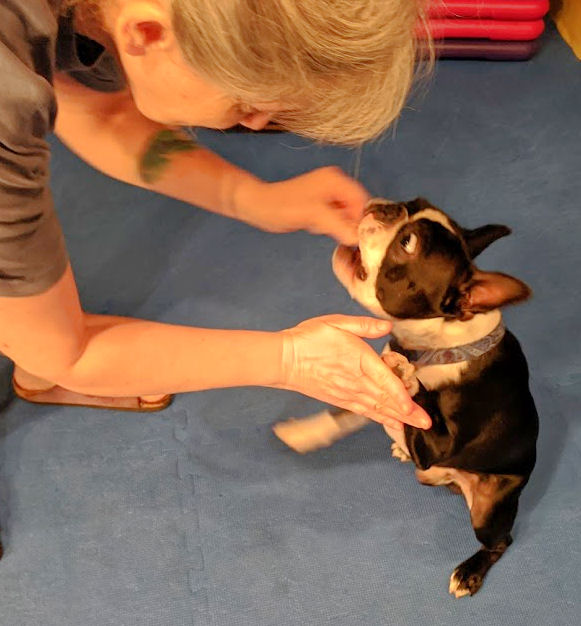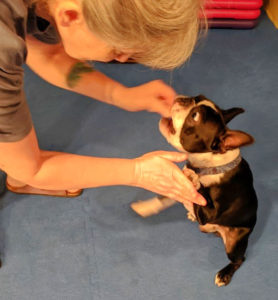It’s never okay to lie to your dog. It’s really difficult to regain their trust once broken. However, there are circumstances when it’s okay to fib to your dog. We know. We’ve been living through it this week.
But really, never lie. If you click, your dog gets a cookie. Every single time. Otherwise you chance breaking a behavior you spent time and effort teaching. Keep every promise you make to your dog. If you’re always honest, and your dog can always trust you, they’re much more likely to do what you want when you want.
Being honest with your dog includes never calling them to you for things they don’t like, like a bath. It’s a dirty, rotten betrayal to yell “Dog, come get a cookie!” and when they come, shove them in the tub. Every time you call your dog it should be for something good, or yummy, or fun. That way they’ll come every time. We talked about this most recently in an article relating to dog care behavior – with a cute picture of Simon checking out his toothbrush.
When we give this example to our in-person students, someone invariably asks “So how do you get them in the tub?” The answer’s simple. You go get the dog and bring it to the bathroom. Don’t make your dog choose in that situation.
So when can we fib?
It’s okay to fib to your dog to convince them everything’s okay. That you’re in charge, and they’re just fine. It’s okay to fib to reassure your dog that things are normal.
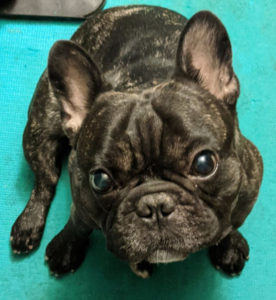
We’re doing it this week. Hope’s French Bulldog Torque had emergency surgery to remove his right eye that ruptured. He came home right after surgery, a bit drugged up, but pretty functional.
The best thing we can do for Torque now is pretend that everything’s okay. Nothing’s changed as far as he’s concerned. Even in the few days since the surgery, he’s adjusting. He moves his head so he can see what’s going on.
The hardest thing for us is carrying on like nothing’s happened. If we let him know that he’s changed, or even defective in some way, he’ll act like it. So as far as Torque’s concerned, it’s business as usual.
Calming consistency
Keeping to our regular routine is key. Our habit is to start every day with 2-Minute training games with our dogs. Each dog has a turn while the others are in their crates nearby. We usually train in age order.
This week Torque must wear a cone to protect his eye. He’s also supposed to stay calm and do nothing to raise his blood pressure while he heals. So heeling it is. It’s something we practice regularly. He doesn’t have to pick anything up that may contact his face. And it can also give his brain a workout without being too strenuous.
There’s all kinds of ways to make heel work challenging for you and your dog. Working on side-stepping, heeling backwards, changing directions, straight “fronts,” finishes (both left and right), are all little things that are useful, especially in Rally, and keep something as simple as walking more interesting.
Adjusting to the change
Torque is already adapting to his new circumstances. He’s turning his head more so he can see Hope when he’s in heel position. He had a little trouble aiming for the treats at first, but he’s got that one covered. He’s also gotten into the habit of bashing his cone into our legs to let us know he’s there. The bruises will heal, just like Torque will.
As we pretend that everything’s normal and okay, it becomes the truth. When you don’t quite know what to do to make everything alright, you fib like it already is. It’s not even a little white lie. It’s making it happen.

